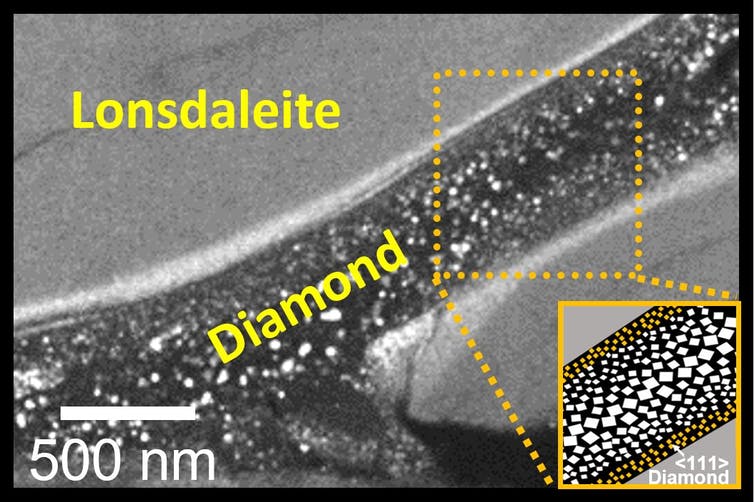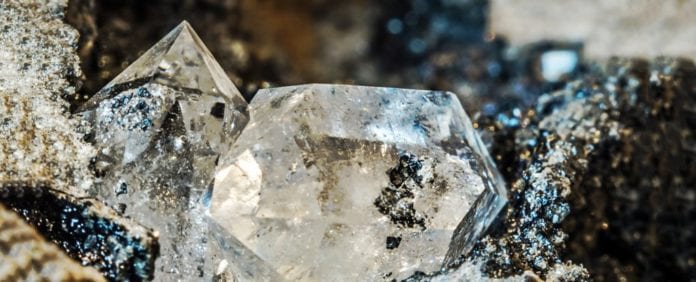Diamonds are one of the most coveted naturally available substances on this plant. Everyone knows how diamonds are just another form of Carbon. It takes billions of years for them to form deep in the Earth. We have known so far that this process requires extreme pressure and temperature. Only when these conditions are met that carbon can be made into a diamond. As a contrast to that, an international team of researchers has created diamonds at room temperature. This feat was performed without any added heat and is probably the first time such a result had been obtained.

The normal process of diamond formation is hard to recreate in itself. Therefore the researchers being able to do this is extremely important news. The scientists were reportedly able to make the diamonds in a matter of minutes. There is more than one kind of diamond. As these materials are classified based on the bonds between the carbon atoms, there are more than one carbon based substances that have a diamond-like bonding. Since carbon is arranged in a cubic crystalline structure in diamond, there is another kind where the atoms are arranged in a hexagonal crystalline structure.
It is called lonsdaleite and is 58 percent harder than a regular diamond. It has been found in small quantities in nature, and as part of the experiment, it was discovered that it could be synthesized in a lab without applying extra heat just by applying high pressures. Researchers have been making diamonds in labs for a long time. It has naturally sparked some curiosity into the different methods that can be used to make diamonds. There are many physical as well as chemical methods by which they can be made in labs. One of the interesting results obtained from labs was that shear force could play an important role here.
The researchers in the new experiment used this fact to their advantage. They applied shear force to a small chip of graphite-like carbon. The sheer force applied was extreme, but there was no heat application, which is common among the other methods of creating these expensive gems. The researchers also used advanced electron microscopy to capture very high-resolution images. The results were astonishing. A thin “river” of diamond was surrounded by a “sea” of Lonsdaleite at the end. Scientists are still analyzing the results of this experiment, but by every measure, it seems to be a big discovery.

The fact that no extra heat is required makes this an extremely lucrative method to make hard materials. Making the “harder than diamond” Lonsdaleite could prove to be a game-changer in many industries. Further research into this will focus on reducing the pressure requirements of this method. This experiment probably holds the key to revolutionizing some aspects of material science as we know it.
Further Reading:


